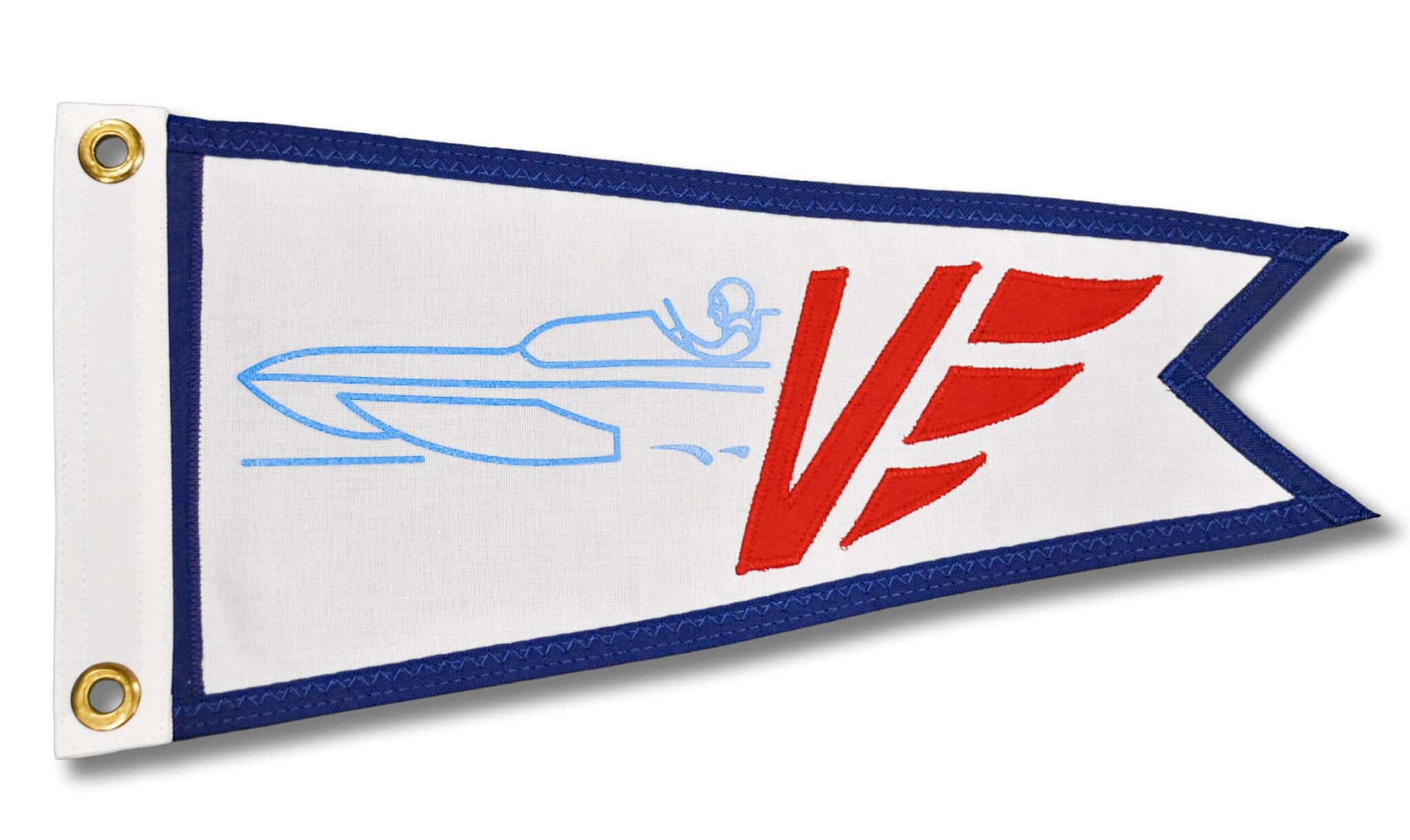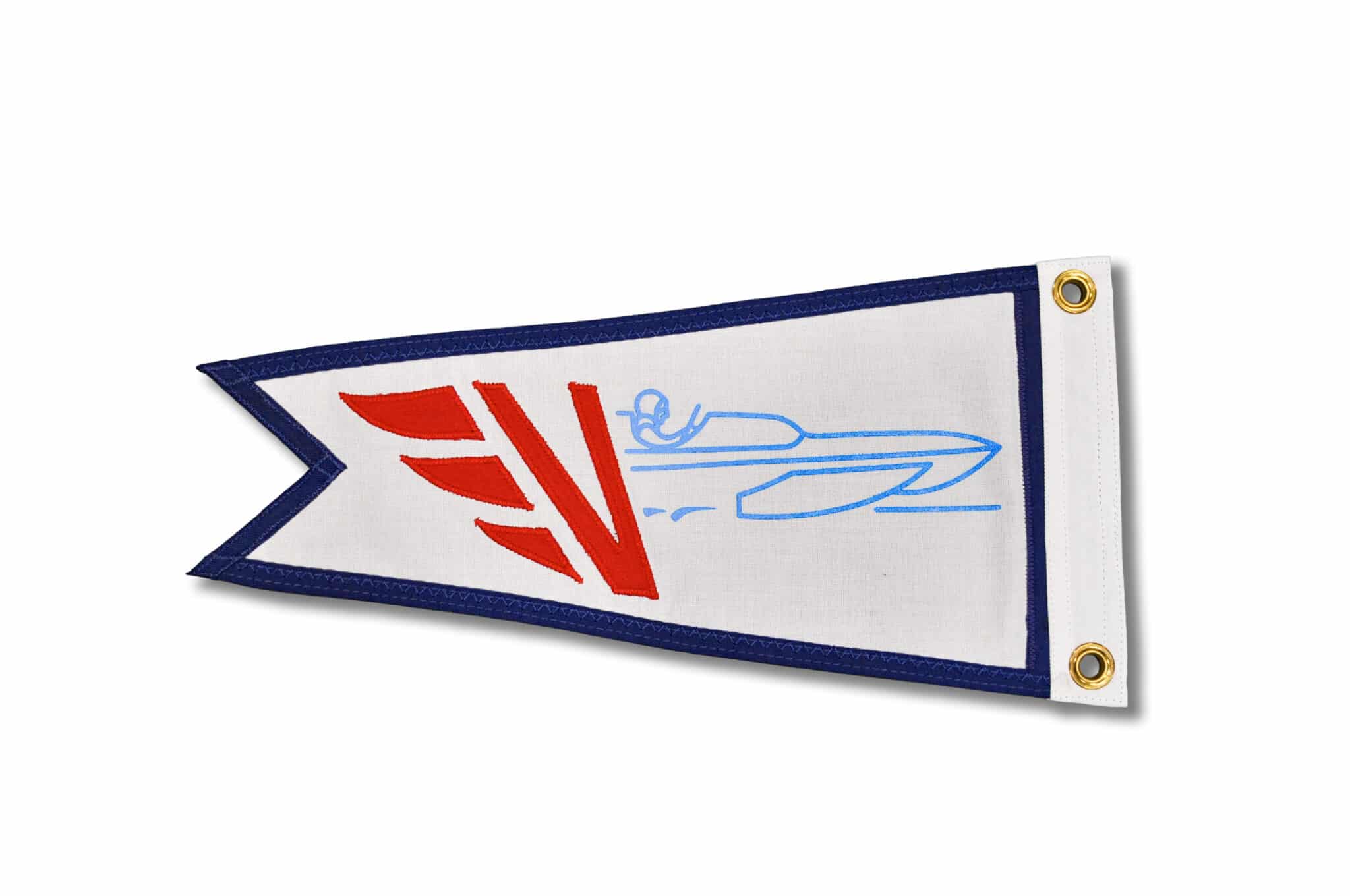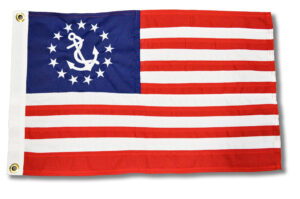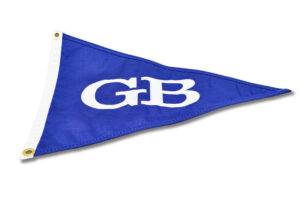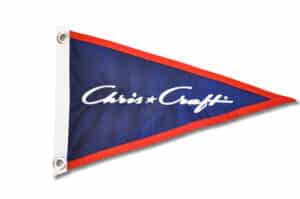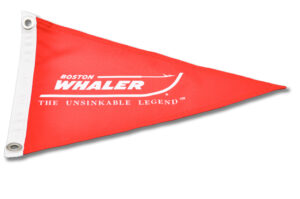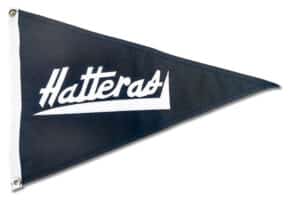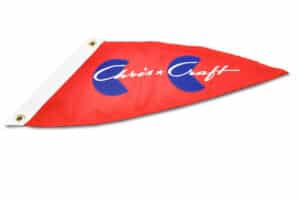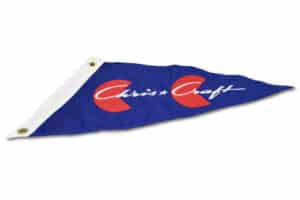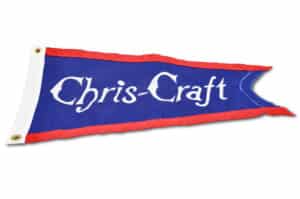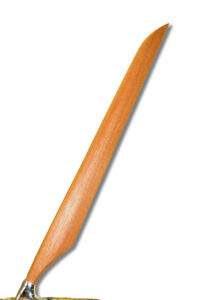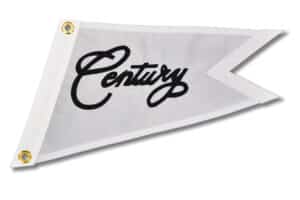If you have a pre-war version, we would like to reproduce that era. Contact us.
Ventnor Burgee Pennant Flag (1945-1950’s)
$59.99
Ventnor Boat Company History
Ventnor Boat Works, established in 1902 by Adolph E. Apel in Ventnor, New Jersey, was a pioneering force in American boatbuilding, renowned for its high-speed racing boats and innovative designs.
Early Innovations and Racing Dominance
Apel’s vision was to harness the potential of gasoline engines in lightweight, efficient boats. His engineering prowess led to the creation of vessels that set new speed benchmarks. Notably, in 1913, Ventnor built “Tech Jr.” for T. Coleman du Pont, which became the first recorded boat to exceed 60 mph. By 1915, Ventnor achieved the milestone of covering a mile in one minute, a significant feat in marine engineering.
Throughout the 1930s, Ventnor dominated the American Power Boat Association (APBA) racing classes, setting records in the 91, 135, and 225 cubic inch categories. Their boats, such as the “Flying Eagle,” consistently broke speed records, showcasing the company’s commitment to performance and innovation.
The Three-Point Hydroplane Breakthrough
In the mid-1930s, Ventnor revolutionized boat design with the development of the three-point hydroplane. This design featured two forward sponsons and a rear planing surface, allowing boats to skim the water at high speeds with reduced drag. The “Juno,” originally intended for the Chinese government’s “suicide fleet,” became a racing sensation under Jack Rutherfurd, proving the efficacy of the three-point design and influencing future hydroplane constructions.
World War II Contributions
With the onset of World War II, Ventnor shifted focus to support the war effort. Relocating to Atlantic City, New Jersey, the company produced 83-foot and 104-foot air-sea rescue boats for the Army and 110-foot submarine chasers for the Navy. Their excellence in construction earned them the prestigious Army-Navy “E” Award in 1946, recognizing their significant contributions to the war effort.
Post-War Era and Legacy
After the war, Ventnor returned to building a variety of boats, including runabouts, cruisers, and sailboats, utilizing materials like mahogany, plywood, and lapstrake construction. They continued to innovate, integrating lessons from wartime production into their designs. However, by the late 1950s, the company ceased operations, marking the end of an era.
Today, Ventnor boats are cherished by collectors and enthusiasts, celebrated for their craftsmanship, performance, and historical significance in the evolution of high-speed marine vessels.
Special thanks to Frank Miklos for his assistance with this design.
